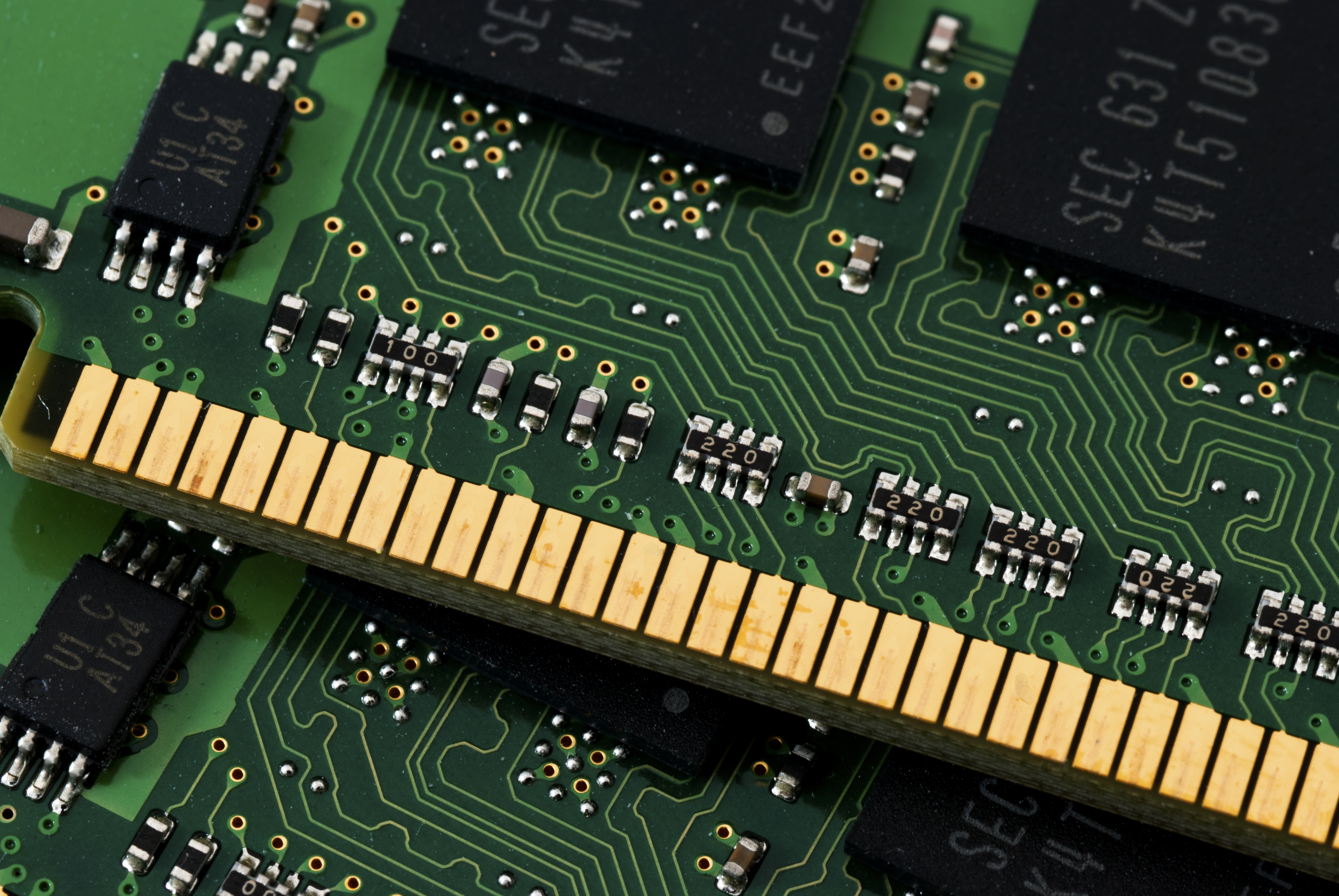UltraRAM Is 'Universal Memory' That Brings RAM-Like Speed to Non-Volatile Storage
UltraRAM uses 100 times less power than RAM, Lancaster researchers said.

Researchers at Lancaster University in the UK have invented a new form of “universal memory” that works as both storage and RAM. The technology, called UltraRAM and detailed in a research paper this month, looks to change how existing computers, smartphones and other devices work.
Two Types of Memory in One
UltraRAM combines the benefits of flash storage and DRAM into one. While storage technologies, such as hard disk drives (HDD) or solid state drives (SSDs) store data much cheaper than DRAM per GB of data, they're also significantly slower. RAM, in which data is held as long as it’s being worked on and the disappears if power is lost, is much faster, so the CPU can access data here more quickly than it can on HDD or SSD.
Non-volatile RAM (NVRAM) promises to combine the two worlds. However, we haven’t seen a memory technology that combines the storage capability with speeds comparable to RAM (there are some candidates, such as NRAM, STT-MRAM and ReRAM, but they’ve fallen short on various metrics).
UlraRAM is NVRAM with 100 times lower switching energy per unit area than DRAM but with similar operating speeds. Its inventors claimed that it combines the advantages of DRAM memory and flash storage with none of the drawbacks, making it ideal to become a universal memory technology.
UltraRAM would likely have one main drawback in the first decade or so of its production -- should it ever reach that point -- and that would be the price per GB. This is a drawback virtually all new technologies, such as NVRAM, have. However, if UltraRAM succeeds in providing improvements over DRAM-based modules, then it could be just a matter of time before the economies of scale allow for pricing that's reasonable for mainstream customers.
How Does UltraRAM Work?
UltraRAM is a compound semiconductor charge-storage memory that exploits the quantum mechanical effect of resonant tunnelling, allowing a barrier to switch from opaque to transparent when a small voltage is applied. This process consumes very little power, while promising operational speeds similar to RAM.
The non-volatility of UltraRAM results from band offsets of indium arsenide and aluminium antimonide, which provide a large energy barrier (2.1eV) that prevents the electrons from escaping.
Get Tom's Hardware's best news and in-depth reviews, straight to your inbox.
The quick transition from opacity to transparency of the resonant-tunnelling barrier facilitates a highly compact architecture with a high bit density. In other words, we may be able to see the technology implemented in multi-GB chips, as opposed to multi-MB chips, which is pretty much the limit for competing universal memory technologies with RAM-level speed right now.
Lucian Armasu is a Contributing Writer for Tom's Hardware US. He covers software news and the issues surrounding privacy and security.